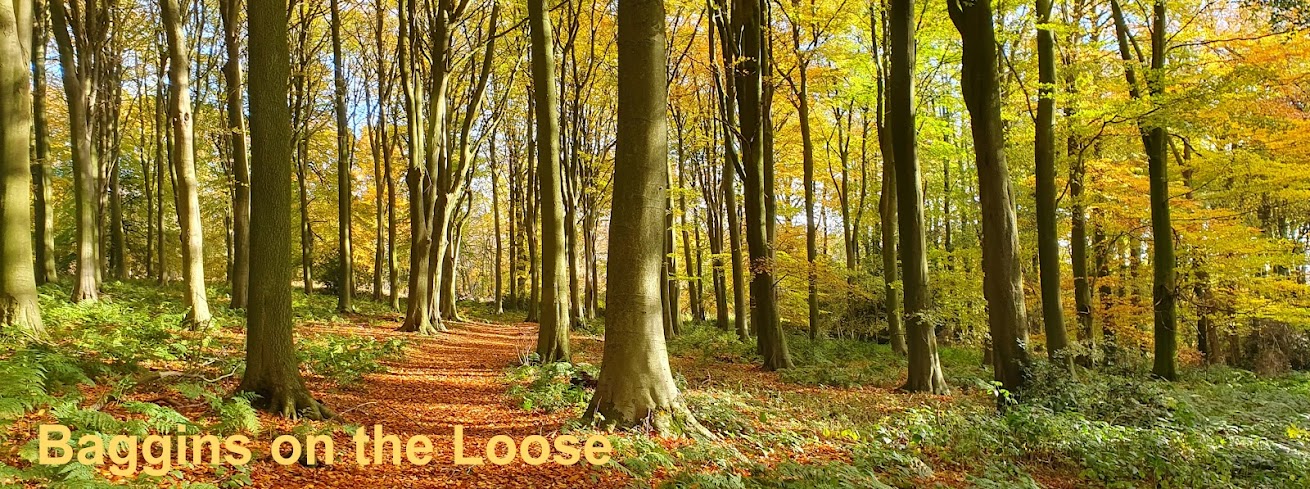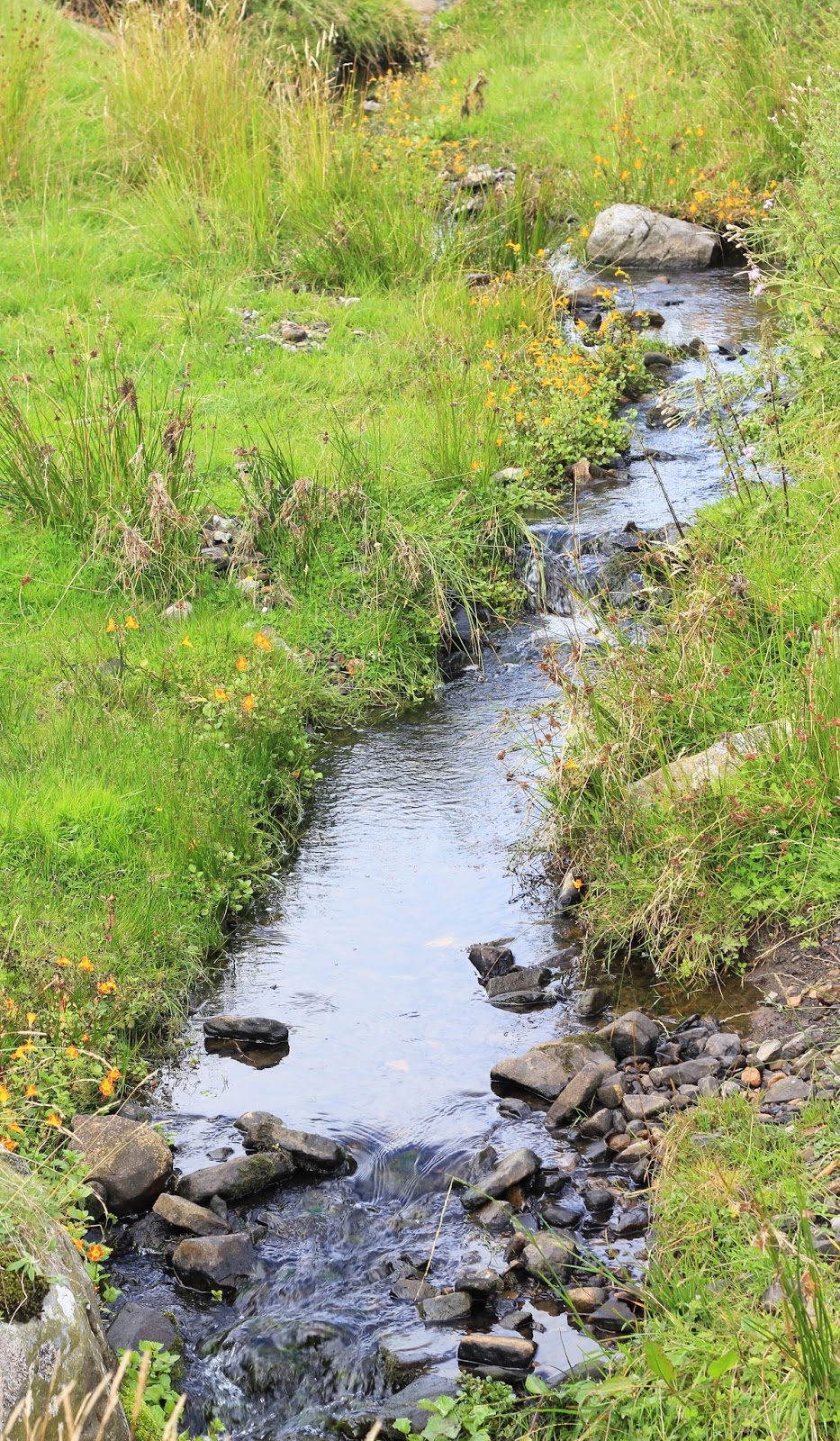Cracking good day out with my pal Mark on
Thorne Moor yesterday ..... lots of laughs, chat and putting the world to rights in both of our respective universes and as we biked across this magical and thoroughly underrated expanse of reclaimed peat-land we concluded that no matter how much we try to lead a good and worthwhile life in our semi retirement years, its our children and their travails that matter the most and keep us from sleeping too easy. It was ever thus and always will be but always good to share the load!
Don't worry folks, I'm light years away from launching timbobaggins.familyrelations.org, its just not gonna happen.... no scope for good pics for a start! Nature in the raw has a knack of rendering down the most complex of human relationship problems to mere squabbles in the playground so before I get tempted to launch timbobaggins.philosophicalnonsense.net, just enjoy the straightforward beauty of Thorne Moor!
Here you go .... what a vista!
Thorne Moor is part of an extensive area of lowland peat / bog (nearly 3,000 hectares in size .. that's big!) and is the remains of a huge glacial lake that formed after the last ice age and covered a huge chunk of what is now South Yorkshire.
Go visit! .... its extraordinarily rich in wildlife and a truly primordial place.
Regular breeding birds include
Common Crane, Hobby, Nightjar, Nightingale, Woodlark to mention but a few (there have even been breeding
Bluethroat records here!). The insect life is very rich with many species of butterfly, moth, dragonfly recorded as well as unique flora. Several species of deer compete with other mammals such as
fox, hare, water vole and there are also
common lizards (we saw 20 or so of these
) and
adders in good numbers.
It was another warm and largely sunny day in this glorious summer we're having when we were there and being August the birds were skulking and scarce but we had good views of
Hobby, Marsh Harrier and a few common warblers (
Willow / Chaffs, Reed & Whitethroats). A family party of
Shoveler ducks was nice and a single
Stonechat was a good record. Green Sandpiper, Snipe and Lapwing were about too but my camera was once again focused on less flighty beings ... butterflies mainly and here's a few from the 15 species seen on the day.
 |
| Common Blue (male) |
 |
| Small Copper |
 |
| Large Skipper |
 |
| Peacock |
 |
| Black Darter |
As well as those beauties we also saw stacks of dragonflies, most of which I'm still struggling with in terms of identification but certainly lots of
Southern and
Brown Hawkers (far too quick on the wing to capture!) and also lots of
Black Darters which were a little easier ....
The one thing to watch out for and certainly take precautions against on Thorne in Summer are the midges, mosquitoes and other biting nasties, especially the Clegg Flies ... actually quite interesting to look at but by jove do they bite! So if you do visit take some insect repellent and the strongest you can afford!
Hover Flies look as if they might bite you but are of course quite harmless and up close very attractive. Fascinating creatures, fascinating lifestyles and with over 270 distinct species in the UK alone they're a big challenge... so if you fancy a new hobby?!!
The common one in our gardens is the
Marmalade Fly Got that? Another common one is the
Sun Fly and there were lots of these on Thorne and they especially liked to hover round
Ragwort petals. I spent a few minutes checking them out and got this pleasing image of one.... slightly overexposed to catch the fly's intimate details!
 |
Sun Fly on Ragwort
|
 |
| Phragmite Reeds, Breighton (nr Selby) |
And finally, dear nature lovers, on my back home on a gloriously sunny evening, the like of which reminded me of childhood days, I felt the need to prolong the wandering so I popped into
Breighton by the river
Derwent. Lovely stroll by the river bank, more butterflies,
Sedge & Reed Warblers chattering and the reeds themselves looking tall and resplendent. Walking back up the bank I looked up and saw my van, and remembered a promise to myself that I haven't kept .... to take a picture of my van 'in situ' whenever I go anywhere good. Well I forgot again as far as Thorne Moor is concerned but hey I remembered, so here she is at Breighton!
 |
| The van that takes me places! |





















































